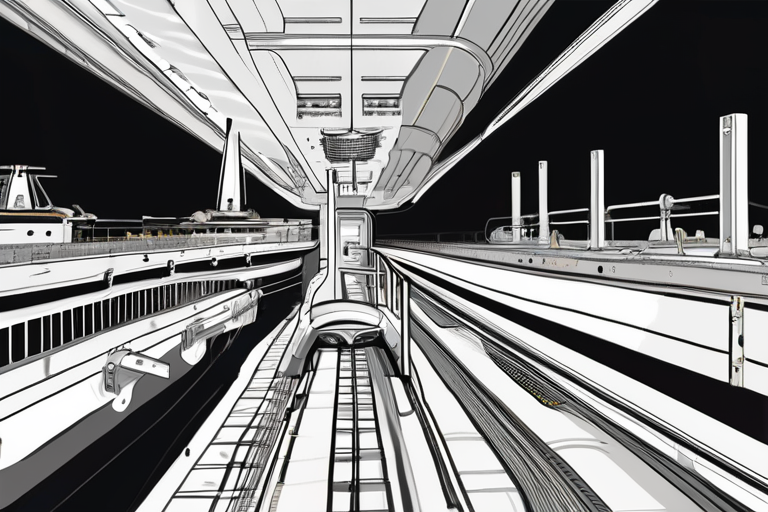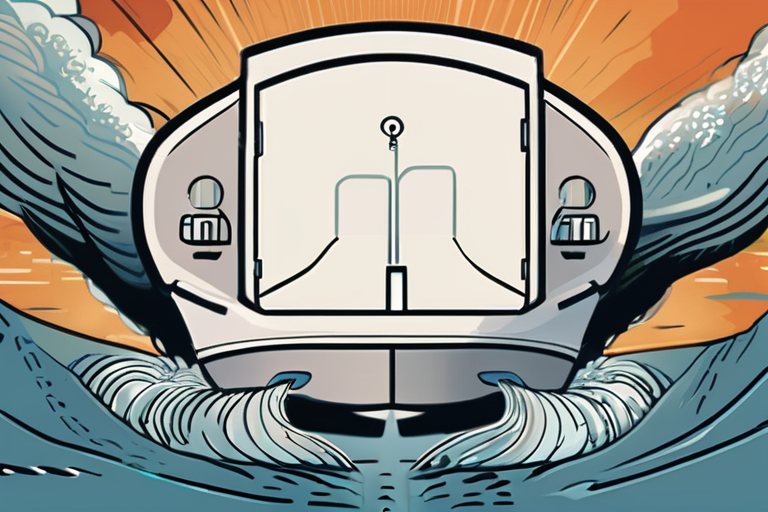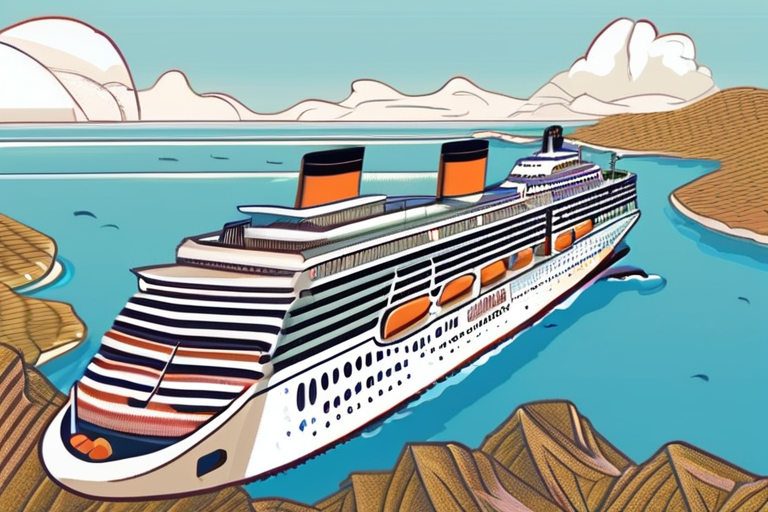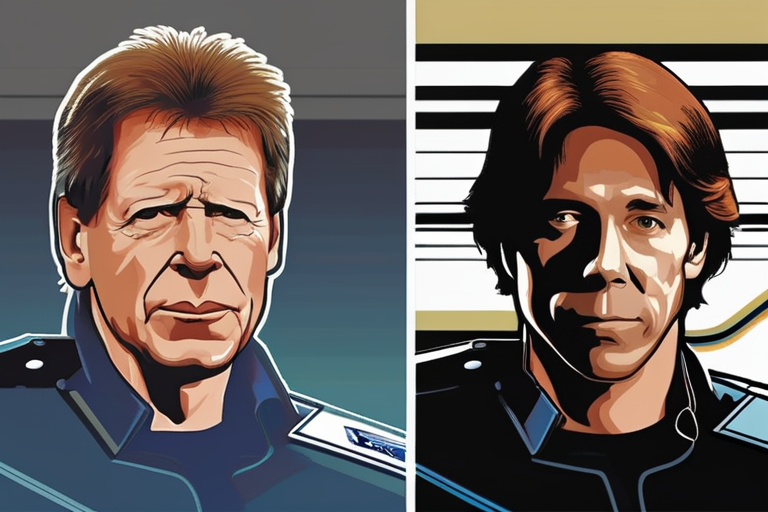Jon Landau Spills Titanic's Darkest Secret: How Close Disaster Loomed Over James Cameron's Epic


Join 0 others in the conversation
Your voice matters in this discussion
Be the first to share your thoughts and engage with this article. Your perspective matters!
Discover articles from our community

 Hoppi
Hoppi

 Hoppi
Hoppi

 Hoppi
Hoppi

 Hoppi
Hoppi

 Hoppi
Hoppi

 Hoppi
Hoppi

Universal's Donna Langley Reflects on the Letterboxd Generation and 'Fast & Furious' in Space TORONTO - At the Toronto International …

Hoppi

New Analysis Challenges Popular Narrative on Endurance's Sinking In a groundbreaking study published in the journal Polar Record, researchers have …

Hoppi

Steven Spielberg Recalls 'Jaws' Drama at Academy Museum Unveiling: "Thought My Career Was Over" LOS ANGELES - On Wednesday morning, …

Hoppi

Thousands Lost as Around-the-World Cruise Fails to Set Sail In a shocking case of deception, dozens of people have been …

Hoppi

Breaking News: "Soul on Fire" Review Sparks Debate Over Inspirational Biopics On October 9, 2025, at 6:15pm PT, film critic …

Hoppi

Jerry Bruckheimer Hints at New Movie Projects, Including 'F1' Sequel Veteran producer Jerry Bruckheimer dropped hints about a possible follow-up …

Hoppi